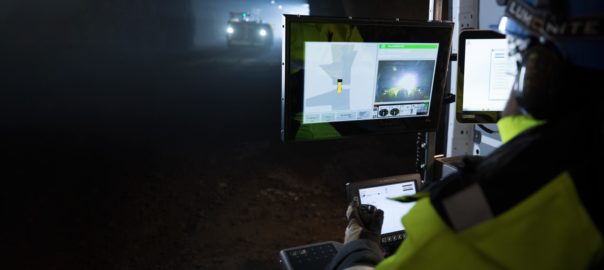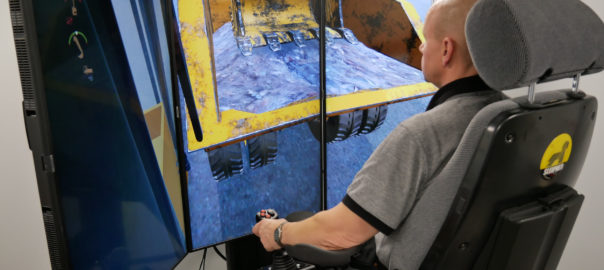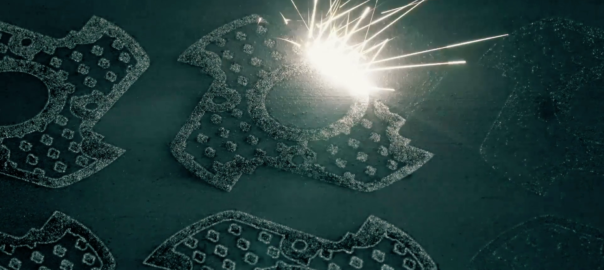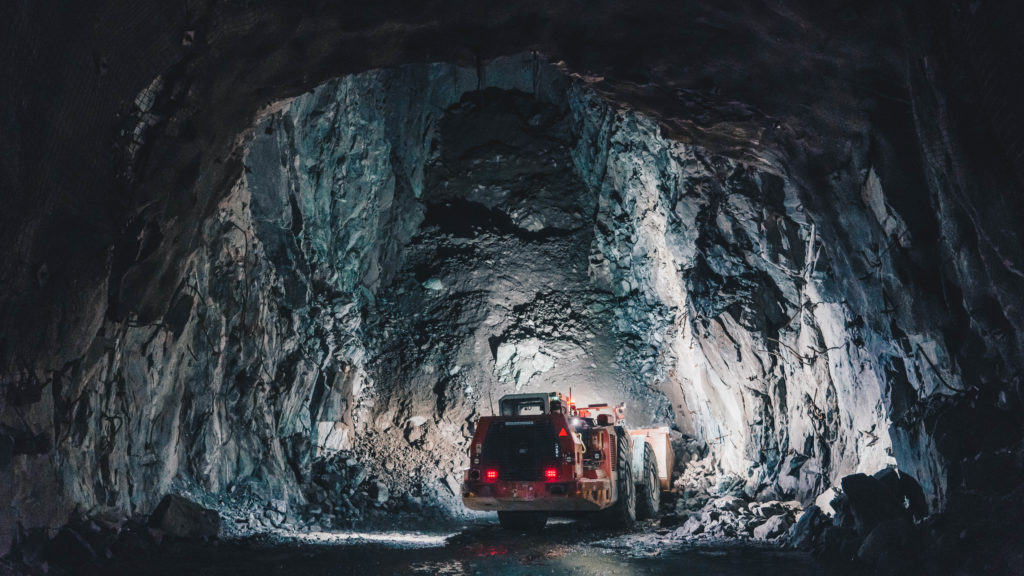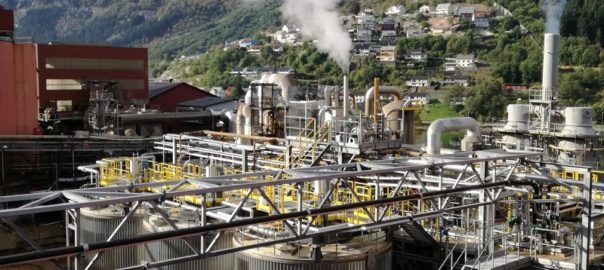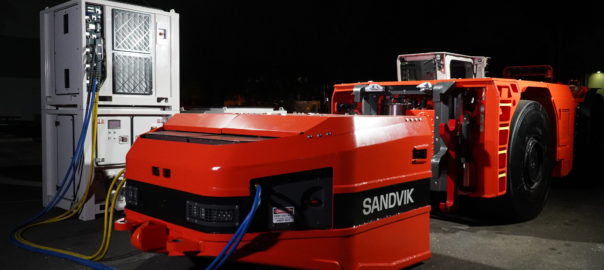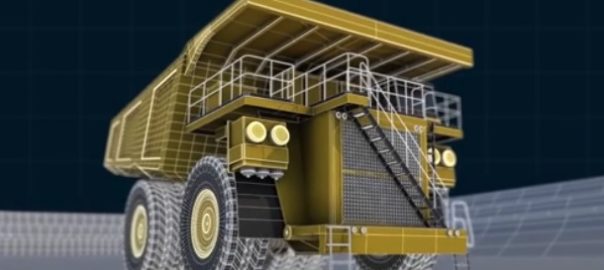Epiroc says it has won a large order from Boliden for mining equipment, including battery-electric and automation solutions, for use at some of the company’s underground mines in Sweden.
Boliden, one of Europe’s largest mining companies, has ordered battery-electric versions of the Boomer face drilling rig, Boltec rock bolting rig and Epiroc’s largest automated Scooptram loader, the ST18, with Batteries as a Service. The ordered equipment also includes, among other machines, the Easer raiseboring rig and Epiroc’s newest production and face drilling rigs, Simba and Boomer, in the E-series.
The machines will be used at the Rävliden Kristineberg and Renström mine sites in northern Sweden. Boliden is mining zinc, copper, lead, gold, silver and tellurium at the mines.
On the Scooptram ST18 Battery, specifically, Mattias Pettersson, Global Portfolio Manager Underground Loaders, confirmed that the battery-electric machine heading to Boliden’s operations would be upgraded to Scooptram Automation. This will coincide with several other BEV customers receiving automation upgrades around the same timeframe, according to Pettersson, adding that the battery charging process will not be automated in this instance.
The order is valued at more than SEK100 million ($9.8 million) and was booked in the June quarter of 2022.
“Boliden is focused on making its operations as safe, sustainable, and productive as possible and to produce metals with a low carbon footprint, and we are proud to support them on this journey,” Epiroc’s President and CEO, Helena Hedblom, said.
The Simba production drilling rig and the battery-electric loader Scooptram ST18 will be equipped with the 6th Sense solutions Simba Automation and Scooptram Automation. This will enable operators to control the machines remotely from the comfort of a control room, according to Epiroc. All units will be equipped with Epiroc’s telematics system, which allows for intelligent monitoring of machine performance and productivity in real time.







